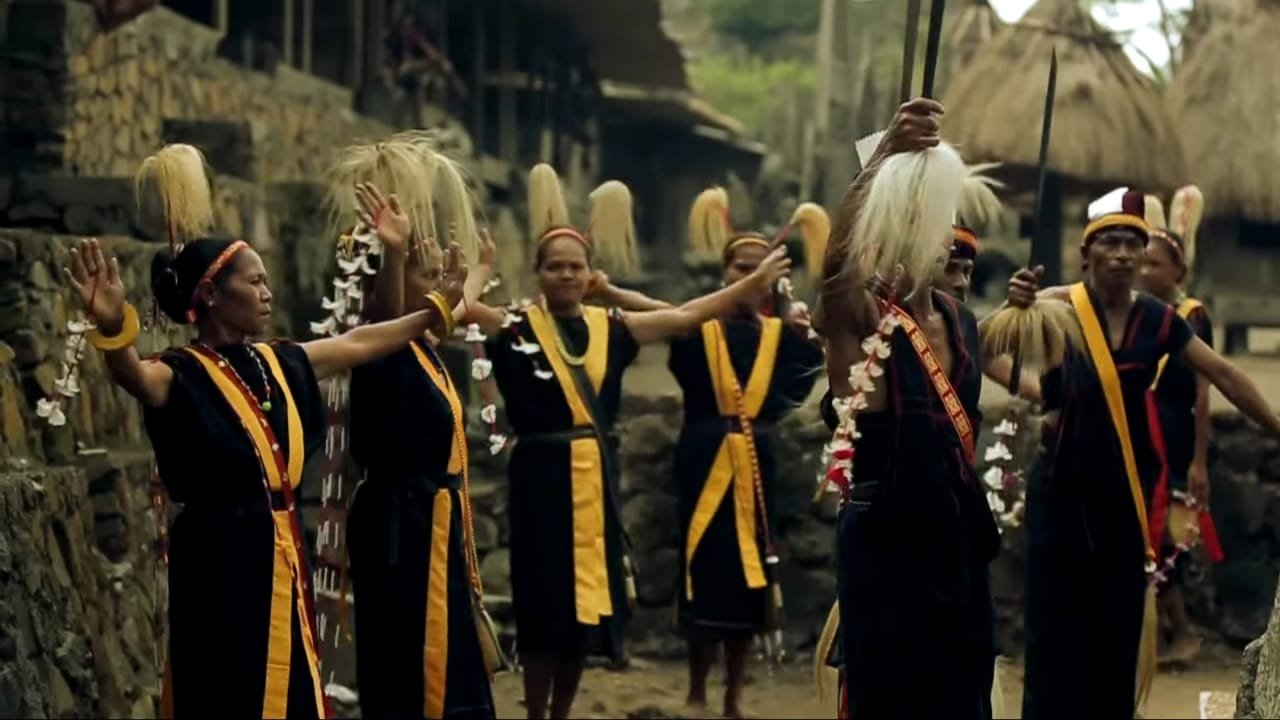
Go Beyond the Tourist Trail and Discover Hidden Gems in East Nusa Tenggara
While Flores Island is known for iconic spots like Kelimutu’s tri-colored lakes, Wae Rebo Village, and Labuan Bajo as the gateway to Komodo, the island still holds countless unexplored and untouched destinations. These off-the-beaten-path locations offer authentic experiences, dramatic natural beauty, and deep cultural encounters — perfect for adventurous travelers who crave something different.
Here’s your guide to untravelled destinations in Flores Island that remain under the radar yet are absolutely worth the journey.
🏞️ 1. Tado Village – Indigenous Traditions & Eco-Culture
Located near Cancar (famous for the spider web rice fields), Tado is a traditional Manggarai village known for its eco-tourism and cultural preservation. Participate in Caci dance performances, farming practices, and learn about traditional medicine — all guided by local hosts.
Experience:
- Manggarai cooking classes
- Bamboo rafting
- Ancestral rituals and storytelling nights
⛰️ 2. Todo Village – The First Manggarai Kingdom
Often overshadowed by Wae Rebo, Todo Village is believed to be the original kingdom of the Manggarai people. It features traditional houses, ancient stone altars, and panoramic views of the surrounding highlands.
Tip: Combine this with a trek from or to Wae Rebo for a multi-day adventure.
🌋 3. Mount Ebulobo – Untouched Volcano Trekking in Central Flores
Located in the Ngada region, Mount Ebulobo is a lesser-known but stunning active volcano. The summit offers breathtaking views over rural Flores, and the trail takes you through pristine forests and traditional villages.
Best for: Adventurous trekkers looking to avoid the more crowded Mount Inerie.
🏝️ 4. Sikka Old Church & Traditional Weaving Villages (East Flores)
South of Maumere, the Sikka region offers a mix of colonial history and local tradition. Visit the St. Ignatius Loyola Church built in the 1800s, and explore coastal villages like Watublapi and Lela, known for ikat weaving passed down for generations.
Activities:
- Watch (or join) ikat weaving
- Learn about Sikka’s Portuguese influence
- Relax on uncrowded white-sand beaches
🛶 5. Tanjung Kajuwulu & Pantai Mbuang Dara (North Flores)
North of Maumere, Tanjung Kajuwulu offers a panoramic coastal trek, often with no one else around. The beach below, Pantai Mbuang Dara, is a pristine escape with golden sand and clear water.
Great for: Independent travelers, photographers, and beach lovers looking for solitude.
🐦 6. Kelimutu National Park’s Hidden Trails
While most tourists visit Kelimutu Lakes for sunrise and leave, the surrounding national park has less-traveled paths that lead to birdwatching areas, hot springs, and rural homestays in places like Moni and Koanara Village.
Did you know? The area is home to endemic bird species, like the Flores monarch and yellow-crested cockatoo.
🌿 7. Mangeruda So’a Hot Springs – Natural Wellness in the Wild
Near Bajawa, the So’a Hot Springs are naturally heated pools in a forest setting, often visited only by locals. It’s the perfect place to relax after volcano trekking or village visits in Ngada.
Tip: Visit on a weekday for maximum serenity.
🏕️ 8. Riung 17 Islands Marine Park (But Stay in Riung Itself!)
Though Riung’s island hopping is becoming popular, Riung town and the surrounding mainland hills remain mostly untouched by tourism. Trek inland to waterfalls, caves, and bat colonies, or visit local schools and fishermen communities.
🧭 Travel Tips for Exploring Untravelled Flores:
- Hire local guides — they know the customs and terrain, and you’ll contribute to the local economy.
- Be prepared for basic accommodations — most remote areas don’t have hotels.
- Plan extra time for travel — Flores roads can be winding and slow.
- Visit in the dry season (April–October) for best access to remote trails.
✨ Why Choose the Road Less Traveled in Flores?
Untravelled Flores is where Indonesia’s heart beats strongest — where the scenery is untouched, the culture is alive, and the hospitality is genuine. These destinations allow you to connect more deeply with the land, the people, and the purpose of travel itself.
